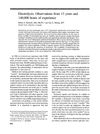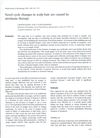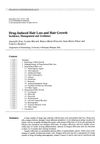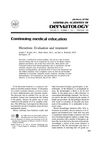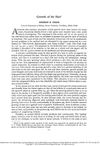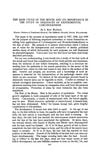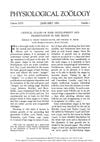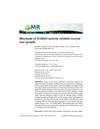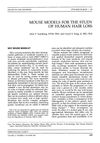Hair Growth Cycle Affects Hair Follicle Destruction by Ruby Laser Pulses
July 1998
in “
Journal of Investigative Dermatology
”
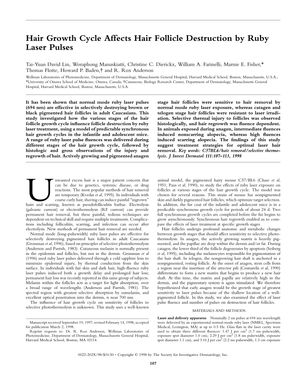
TLDR Ruby laser pulses best destroy hair follicles during the growth phase and effectiveness varies with laser intensity; melanin is key for targeting, and timing treatments can improve results.
In 1998, a study using mice as an animal model found that hair follicles are most susceptible to destruction by ruby laser pulses during the anagen phase of the hair growth cycle. The study showed that the effectiveness of the laser treatment and the type of alopecia induced—nonscarring or scarring—depended on the fluence of the laser. Lower fluences resulted in nonscarring alopecia, while higher fluences could cause scarring alopecia. The sample size was 43 for treatments during the anagen phase and 19 for the catagen and telogen phases. The study also indicated that melanin pigmentation is crucial for the selective targeting of hair follicles by the laser. In humans, particularly those with brown or black hair, higher fluences than those causing scarring in mice could achieve hair removal without scarring. Immediate erythema was identified as a good indicator of effective follicle injury. The study suggests that a second laser treatment timed with hair reappearance could improve hair removal outcomes and highlights the potential difficulty in treating areas with a higher proportion of hairs in the catagen or telogen phases. The research was funded by Palomar Medical Technologies and has clinical implications for optimizing laser hair removal treatments.
